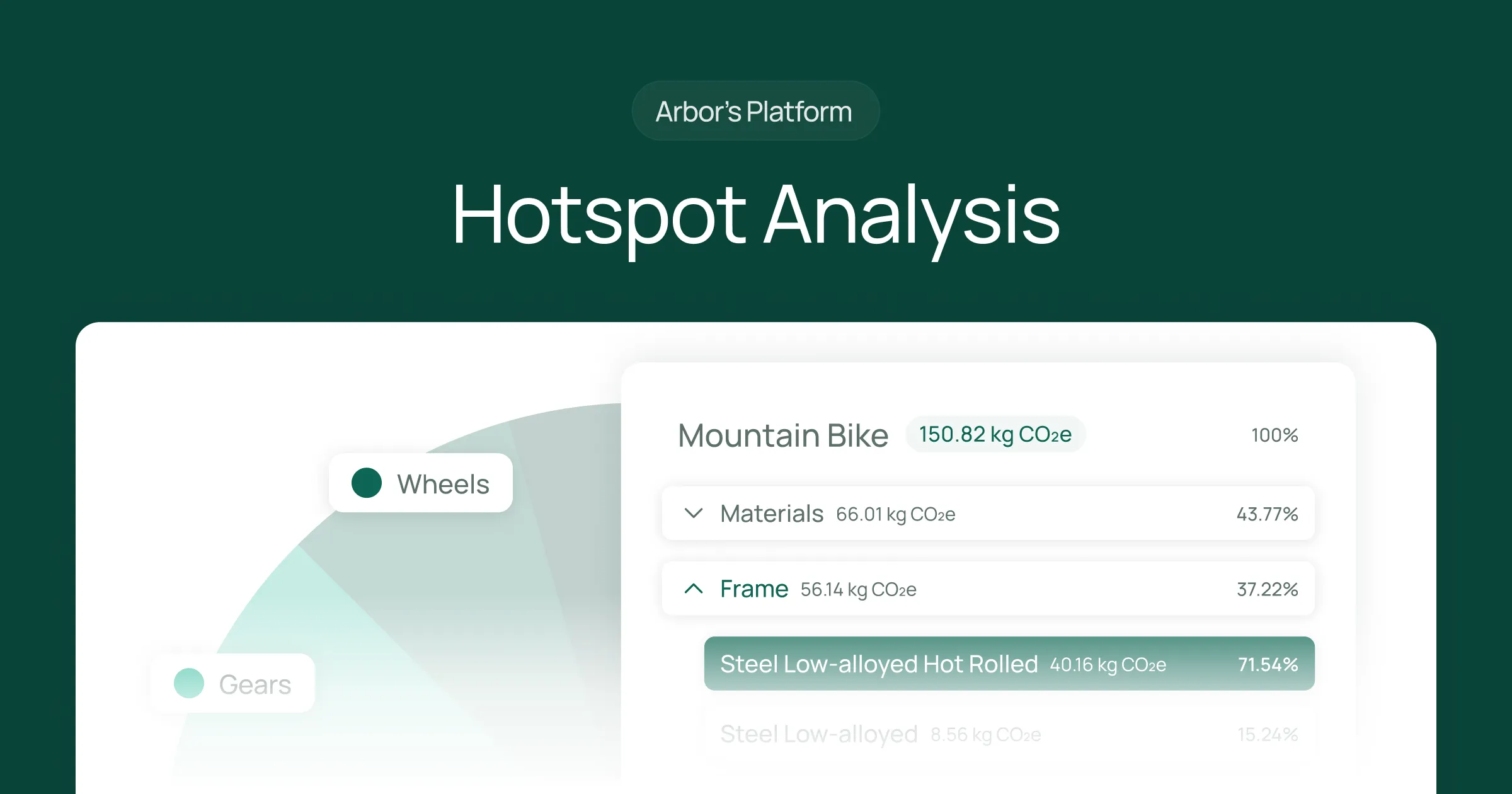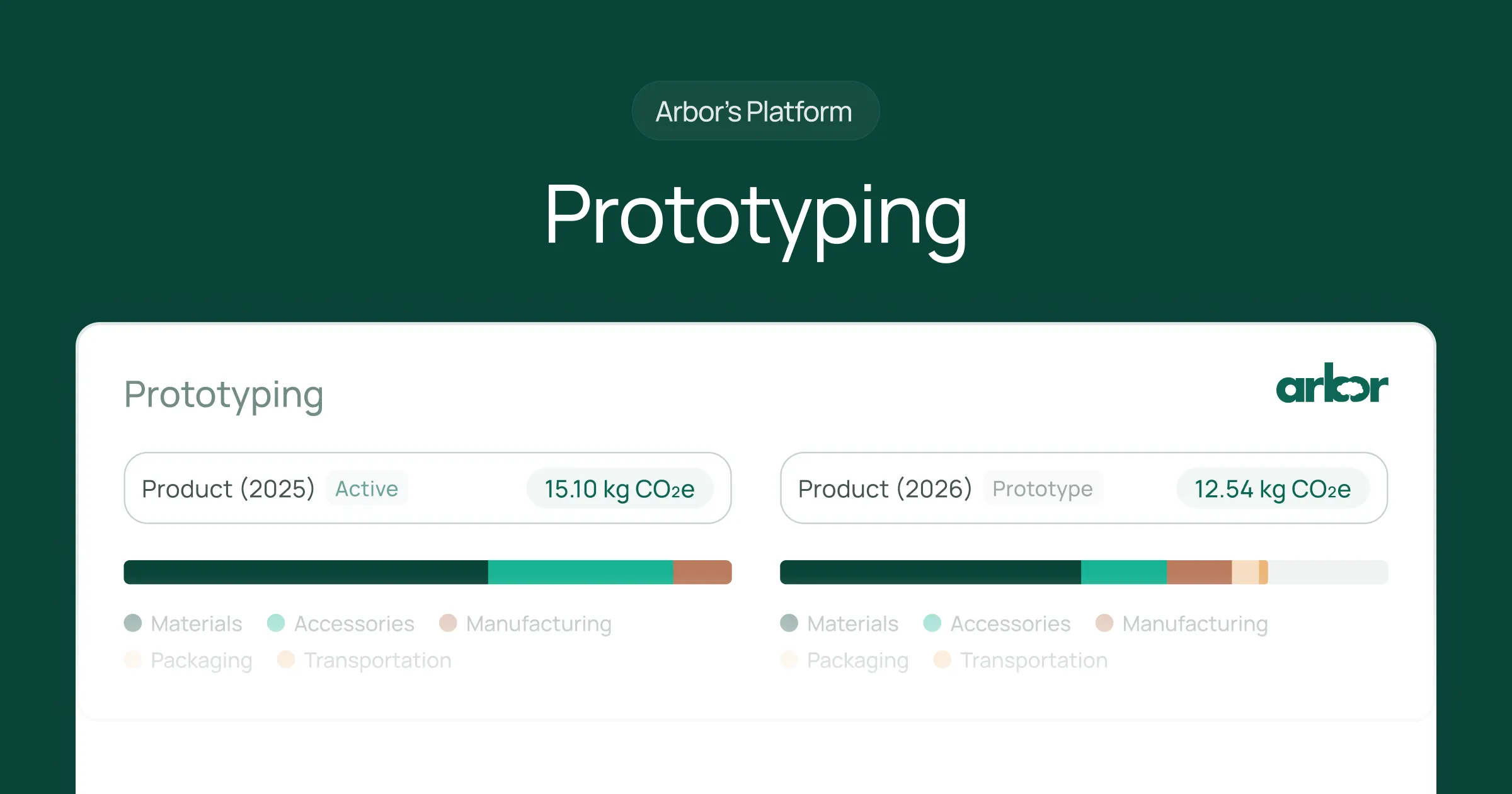Understanding the concept of Scope 1 emissions is crucial to comprehending the broader topic of carbon management. Scope 1 emissions, also known as direct emissions, are greenhouse gases released directly from sources owned or controlled by an organization. This includes emissions from combustion in owned or controlled boilers, furnaces, vehicles, and emissions from chemical production in owned or controlled process equipment.
These emissions are a significant part of an organization's carbon footprint and are often the first area targeted when a company begins its journey towards sustainability. By understanding and managing Scope 1 emissions, organizations can make a significant impact on their overall greenhouse gas emissions and contribute to global efforts to mitigate climate change.
Types of Scope 1 Emissions
Scope 1 emissions can be categorized into several types, each with its own sources and methods of management. The most common types include emissions from stationary combustion, mobile combustion, and process emissions.
Stationary combustion refers to the burning of fuels for energy in stationary equipment such as boilers, furnaces, or ovens. Mobile combustion involves the burning of fuels for transportation, whether by road, rail, air, or sea. Process emissions are a result of physical or chemical processes such as the production of cement or aluminum.
Stationary Combustion
Stationary combustion is a significant source of Scope 1 emissions for many organizations. This includes the burning of coal, oil, natural gas, or biomass in boilers, furnaces, or ovens to produce heat or electricity. These emissions can be managed through energy efficiency measures, fuel switching, or the use of carbon capture and storage technologies.
For example, an organization might replace an old, inefficient boiler with a new, high-efficiency model, or switch from coal to natural gas to reduce its emissions. Alternatively, it might install carbon capture and storage technology to capture the carbon dioxide produced during combustion and store it underground.
Mobile Combustion
Mobile combustion is another significant source of Scope 1 emissions, particularly for organizations with large vehicle fleets or significant transportation needs. This includes emissions from the combustion of gasoline, diesel, or other fuels in cars, trucks, ships, airplanes, or trains.
Managing these emissions can be challenging, but strategies can include improving fuel efficiency, switching to lower-carbon fuels, or transitioning to more efficient vehicles such as electric or hydrogen-powered vehicles. For example, a logistics company might replace its fleet of diesel trucks with electric vehicles, or a shipping company might switch from heavy fuel oil to liquefied natural gas.
Measurement of Scope 1 Emissions
Accurate measurement of Scope 1 emissions is a critical step in managing them. This typically involves calculating the amount of greenhouse gases emitted per unit of fuel consumed, using emission factors specific to each type of fuel and combustion technology.
These calculations can be complex, but various tools and guidelines are available to assist organizations. For example, the Greenhouse Gas Protocol, developed by the World Resources Institute and the World Business Council for Sustainable Development, provides detailed guidance on how to calculate Scope 1 emissions.
Calculating Emissions from Stationary Combustion
Calculating emissions from stationary combustion involves determining the amount of fuel consumed and the specific emission factor for that fuel. This requires accurate fuel consumption data, which can be obtained from fuel bills or meter readings, and emission factors, which can be obtained from the Greenhouse Gas Protocol or other reputable sources.
Once the fuel consumption and emission factor are known, the emissions can be calculated by multiplying the two together. This gives the total emissions from stationary combustion in metric tons of carbon dioxide equivalent (CO2e), which is the standard unit for reporting greenhouse gas emissions.
Calculating Emissions from Mobile Combustion
Calculating emissions from mobile combustion is similar to stationary combustion but with some additional considerations. For example, the fuel consumption data may need to include information on vehicle miles travelled, fuel efficiency, and the type of vehicle.
In addition, the emission factors for mobile combustion can vary depending on the type of vehicle and the driving conditions. For example, a heavy-duty truck may have a different emission factor than a light-duty car, and city driving may have a different emission factor than highway driving. These factors need to be taken into account when calculating emissions from mobile combustion.
Management of Scope 1 Emissions
Once an organization has accurately measured its Scope 1 emissions, it can begin to manage them. This typically involves developing a carbon management plan that sets out strategies for reducing emissions, monitoring progress, and reporting results.
These strategies can include a range of measures, from energy efficiency improvements and fuel switching to the use of renewable energy and carbon capture and storage. The specific measures chosen will depend on the organization's specific circumstances, including its size, sector, and geographical location.
Energy Efficiency
Improving energy efficiency is often one of the most cost-effective ways to reduce Scope 1 emissions. This can involve a range of measures, from upgrading equipment and improving insulation to changing operational practices and employee behaviour.
For example, an organization might replace old, inefficient equipment with new, high-efficiency models, or it might train its employees to turn off lights and equipment when not in use. These measures can not only reduce emissions but also save money by reducing energy costs.
Fuel Switching
Switching to lower-carbon fuels is another effective strategy for reducing Scope 1 emissions. This can involve switching from coal to natural gas in stationary combustion, or from gasoline to electric or hydrogen in mobile combustion.
While this can require significant upfront investment, it can also result in significant emission reductions and cost savings over the long term. In addition, it can help organizations prepare for future regulations and market trends that favor low-carbon technologies.
Reporting of Scope 1 Emissions
Reporting of Scope 1 emissions is a critical part of greenhouse gas management. This involves disclosing the amount of emissions produced, the methods used to calculate them, and the strategies implemented to reduce them.
Reporting can be done through various channels, including corporate sustainability reports, carbon disclosure projects, and regulatory filings. It provides transparency to stakeholders, including investors, customers, and regulators, and demonstrates the organization's commitment to sustainability.
Corporate Sustainability Reports
Many organizations choose to report their Scope 1 emissions in their corporate sustainability reports. These reports provide a comprehensive overview of the organization's environmental, social, and governance (ESG) performance, including its greenhouse gas emissions.
Reporting Scope 1 emissions in a sustainability report demonstrates the organization's commitment to transparency and accountability. It also provides valuable information to stakeholders, including investors, customers, and employees, who are increasingly interested in the organization's environmental performance.
Carbon Disclosure Projects
Another common channel for reporting Scope 1 emissions is through the Carbon Disclosure Project (CDP). The CDP is a global non-profit organization that runs the world's leading environmental disclosure platform.
By reporting their emissions through the CDP, organizations can benchmark their performance against their peers, identify opportunities for improvement, and demonstrate their commitment to environmental stewardship. The CDP also provides valuable data to investors, policymakers, and other stakeholders who are interested in the organization's environmental performance.
Want to learn even more? Read our latest guide on Scope 1, 2, and 3 Emissions. Or check out a deep dive on each individual scope! Scope 1 Emissions, Scope 2 Emissions or Scope 3 Emissions.
In conclusion, Scope 1 emissions are a critical component of an organization's carbon footprint and a key focus area for carbon management. By understanding, measuring, managing, and reporting these emissions, organizations can make a significant contribution to global efforts to mitigate climate change.
While managing Scope 1 emissions can be challenging, it also presents opportunities for cost savings, innovation, and competitive advantage. As the world moves towards a low-carbon economy, organizations that effectively manage their Scope 1 emissions will be well-positioned to succeed.
As you consider the importance of managing Scope 1 emissions for your organization, remember that the journey to effective carbon management doesn't have to be complex or overwhelming. Arbor's Carbon Management Platform is designed to empower executives and project leaders like you to calculate, report, and reduce emissions with unparalleled accuracy and ease. With tools tailored for material-level calculations, GRI-certified reporting, and region-specific insights, Arbor simplifies the process, helping you navigate stakeholder expectations and legislative compliance with confidence. Take the first step towards transforming your company's environmental impact and gaining a competitive edge in a low-carbon economy.
Request a demo today and discover how Arbor can make carbon management a seamless part of your business strategy.
Measure your carbon emissions with Arbor
Simple, easy carbon accounting.




.webp)
%20Directive.webp)


.webp)











%20Arbor.avif)





%20Arbor.avif)


.avif)






%20Arbor%20Canada.avif)

.avif)
%20Arbor.avif)
.avif)






_.avif)
.avif)
%20Arbor.avif)




%20Software%20and%20Tools.avif)





.avif)
.avif)




%20EU%20Regulation.avif)












.avif)


%20Arbor.avif)









_%20_%20Carbon%20101.avif)







.avif)

.avif)
.avif)








